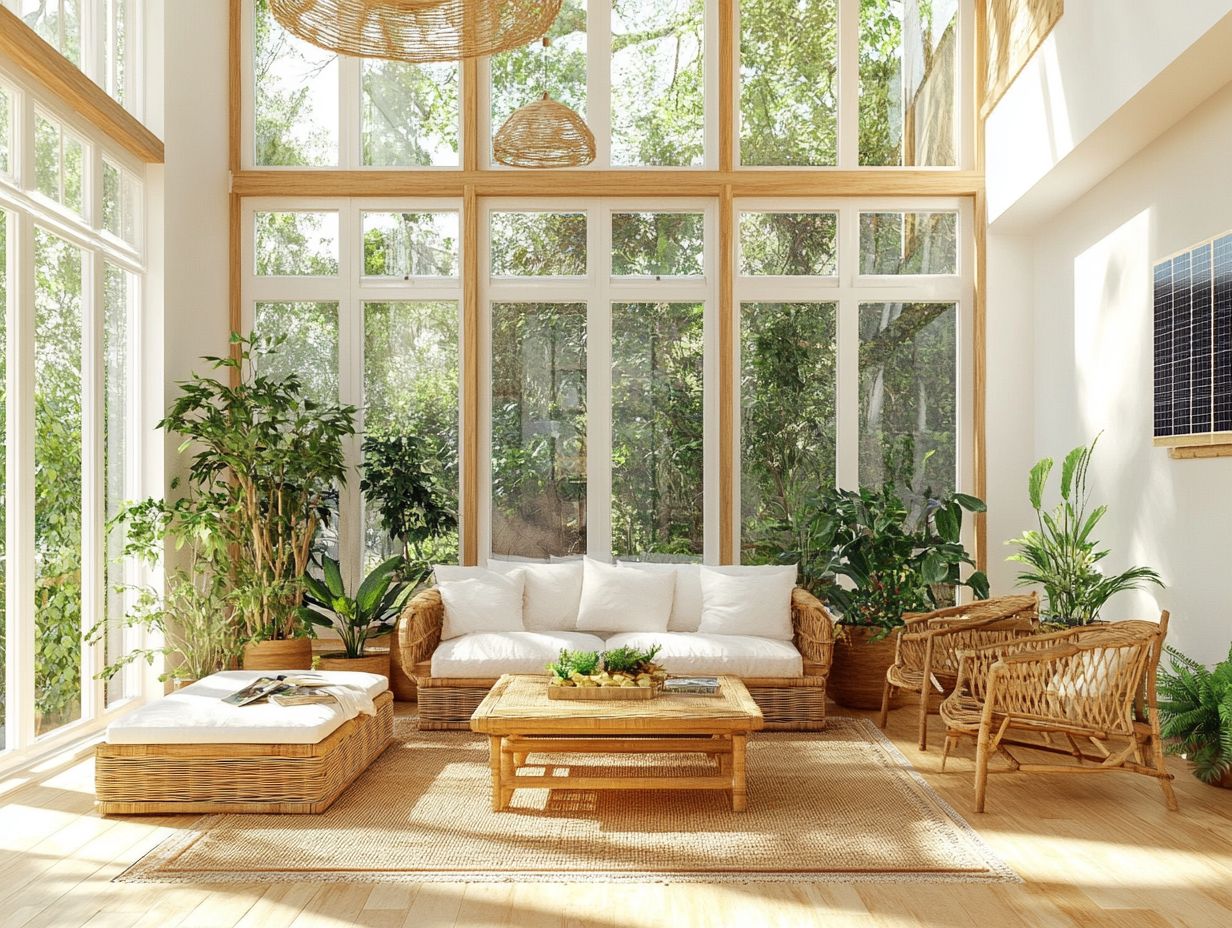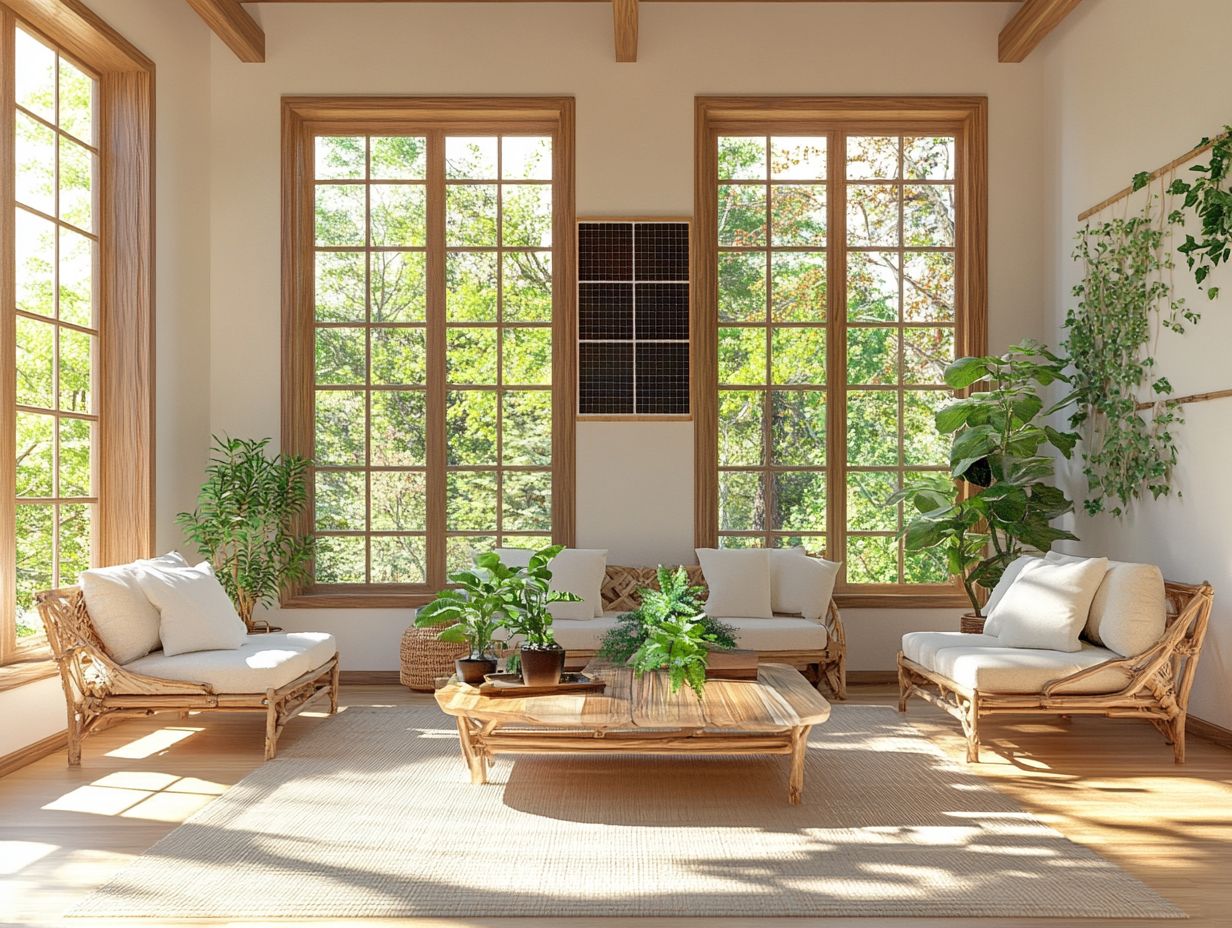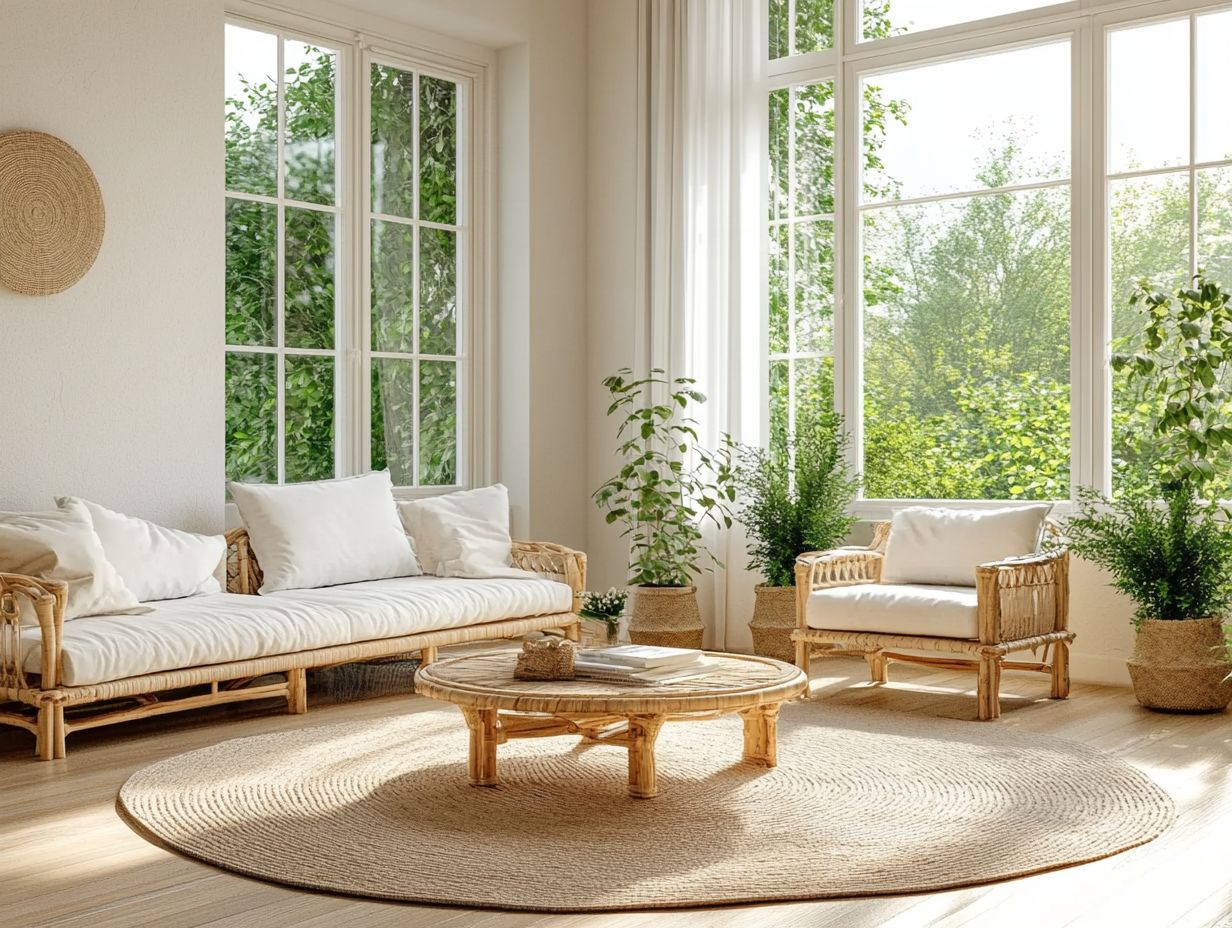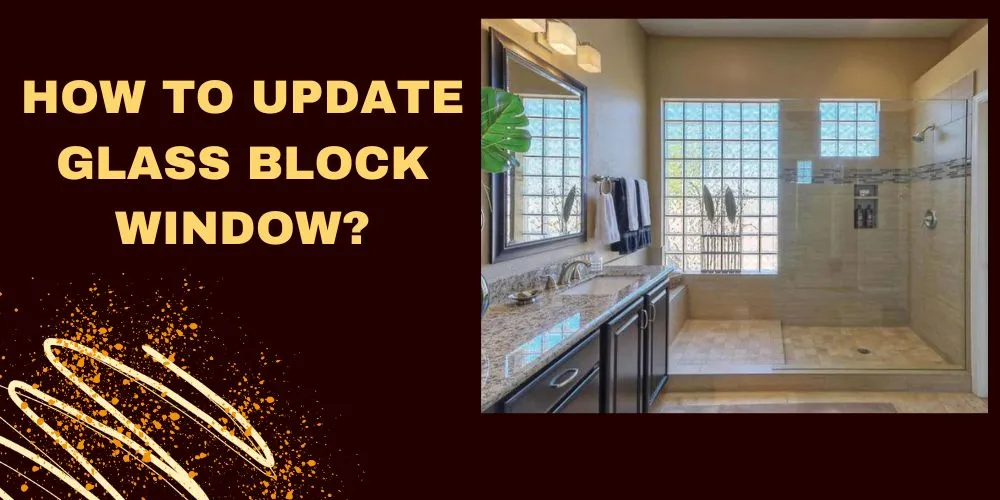Why Go Green?

Sustainable living practices in the home involve making informed choices regarding home improvements to enhance energy efficiency, reduce waste, and promote better consumption of natural resources. These choices can include adopting eco-friendly materials, such as green building materials and low-VOC paint. This approach is not only fundamental for sustainability but also yields numerous additional benefits.
Sustainable living practices contribute to mitigating climate change, preserving biodiversity, and protecting natural habitats, all of which are essential for maintaining ecological balance. Implementing rainwater harvesting and sustainable landscaping are practical steps towards these goals.
Moreover, there are clear economic advantages to adopting sustainable living practices. Research indicates that investing in energy-efficient appliances, systems, smart home technology, and renewable energy sources like solar panels can lead to reduced utility bills over time.
Additionally, sustainable living practices offer significant health benefits; using non-toxic materials like eco-friendly paint and implementing proper ventilation techniques can improve indoor air quality.
Budget-Friendly Upgrades
Transforming your home into a more eco-friendly space doesn’t have to be expensive; in fact, many low-cost upgrades can enhance both sustainability and comfort. Opt for budget-friendly solutions that include eco-conscious choices.
Simple changes, such as installing low-flow fixtures, switching to energy-efficient appliances, or starting a composting system, can help conserve water and reduce waste at minimal or no cost. Implementing recycling practices and using eco-friendly flooring options can further this effort.
These affordable, environmentally-friendly upgrades not only promote sustainability and improve the health of your home but also lead to savings on utility bills in the long run. Incorporating eco-friendly renovations and using sustainable materials are effective ways to achieve this.
Low-Cost Ways to Make Your Home More Sustainable
There are many affordable ways to make your home more eco-friendly. Simple steps, such as using compost bins for kitchen waste, installing water-saving devices, and selecting energy-efficient appliances, can significantly enhance energy efficiency and contribute to a healthier living space. These eco-friendly design elements reduce carbon footprints, promote responsible consumption, and help foster a culture of sustainability within the community. Additionally, choosing eco-friendly lighting options, like LED lighting, can provide long-term benefits.
Examples of low-cost methods to create a more eco-friendly home include:
- Natural Cleaning Products: Homeowners can opt for natural cleaning products, which are often cheaper and safer than chemical-laden alternatives. These products are better for indoor air quality and have a lower environmental impact, helping to keep the planet cleaner. Switching to eco-friendly paint is another way to maintain a healthier home environment.
- Insulating Homes with Recycled Materials: Utilizing recycled materials such as denim, newspaper, or glass is a cost-effective insulation method that also reduces heating and cooling costs. Integrating eco-friendly insulation materials can further enhance energy conservation.
- Native Plants in Landscaping: Incorporating native plants in landscaping requires less water and maintenance, thus enhancing biodiversity and decreasing overall resource consumption.
By implementing such practices, homeowners can make their homes more eco-friendly while also demonstrating a commitment to sustainable living and inspiring others to do the same.
Mid-Range Eco-Friendly Upgrades

Mid-range eco-friendly upgrades can greatly enhance a home’s energy efficiency. Examples of these upgrades include the installation of solar panels, natural insulation, and bamboo flooring.
Mid-range eco-friendly upgrades can greatly enhance a home’s energy efficiency. Examples of these upgrades include the installation of solar panels, natural insulation, and bamboo flooring.
Typically made from high-quality materials, mid-range eco-friendly upgrades are either sustainably sourced or designed to improve energy efficiency naturally. These upgrades are among the most popular choices for homeowners aiming to reduce their carbon footprint and may also qualify a home for green certification. Consider using sustainable materials for these projects.
Investing in Energy Efficiency
Investing in energy efficiency is a crucial aspect of creating a sustainable home that minimizes environmental impact while maximizing comfort and savings. One effective approach is to conduct energy audits to identify areas for improvement, such as upgrading to Energy Star appliances, installing thermal windows, or adding solar panels. These enhancements not only lead to significant utility cost savings but also help reduce your home’s overall ecological footprint and promote sustainable habits in your daily life. Incorporating eco-friendly upgrades like green roofs can also be beneficial.
Homeowners may also consider adding insulation to attics and basements, as this can drastically lower heating and cooling costs by minimizing heat loss. Additionally, smart home technology plays a vital role; using programmable thermostats and energy management systems allows for better control over energy consumption. Implementing home automation systems can further enhance energy efficiency.
Strategies such as incorporating LED lighting, low-flow fixtures, and energy-efficient HVAC systems further optimize energy use. By implementing these solutions, individuals can reduce their carbon footprint while creating a more comfortable living environment that supports modern eco-friendly lifestyles.
High-End Sustainable Options
There are numerous luxurious eco-friendly improvements you can make to your home to transform it into a model of modern sustainable architecture, including:
- biophilic design elements
- living roofs
- ethically sourced materials
Luxurious Eco-Friendly Home Improvements

Luxurious eco-friendly home improvements are upscale modifications that enhance a home’s comfort and style while being environmentally sustainable. These enhancements include features such as energy-efficient appliances, sustainable materials like reclaimed wood, eco-friendly fixtures, and electric vehicle charging stations, among many others. Not only do these modifications add a touch of luxury to a home, but they also reflect the owner’s commitment to environmentally conscious living. Employing biophilic design elements can further amplify the natural integration within the home.
They are designed to improve indoor air quality, reduce the consumption of natural resources needed for home operation, and minimize the home’s carbon footprint.
Some examples of luxurious eco-friendly home improvements include:
- Solar Panels: Elegantly designed solar panels can provide energy independence and lower monthly utility costs. Careful placement and selection of materials can make them as visually appealing as the roof they complement.
- High-Quality Insulation: Insulation made from sustainable materials such as wool or cellulose can protect against the elements while enhancing sound absorption. The thickness and positioning of insulation can be integrated aesthetically into the home’s design.
- Native Landscaping: Landscaping that incorporates native plants, trees, and flowers not only creates a beautiful environment but also provides shade, improves air quality, and supports local wildlife that has adapted to the native habitat. Additionally, native landscaping requires less water and maintenance to thrive.
DIY Eco-Friendly Projects
DIY eco-friendly projects enhance a home by allowing for personalized sustainable upgrades. Simple, low-cost improvements, such as upcycling furniture, installing green plumbing, and creating indoor plant displays, can both elevate the appearance of a home and reduce its ecological footprint. Adopting urban gardening techniques and utilizing biodegradable materials also support eco-conscious living.
These projects serve as a creative outlet for expressing one’s eco-friendly values while promoting a sustainable lifestyle through responsible consumption and waste reduction. Implementing green certifications for completed projects can serve as a motivation and inspiration for others.
Simple and Affordable Green Upgrades You Can Do Yourself
Homeowners looking to enhance their living spaces while embracing environmentally friendly products and practices can undertake simple and inexpensive green upgrades. These upgrades may include:
- Installing low-flow fixtures
- Implementing xeriscaping for energy conservation
- Adopting landscaping strategies that require less water and maintenance
By making these straightforward improvements, homeowners can not only reduce their ecological footprint but also foster a more sustainable lifestyle that benefits both themselves and the environment. Replacing traditional materials with eco-friendly furniture and sustainable decor enhances the overall green initiative.
Additionally, homeowners can replace traditional lighting with LED bulbs throughout their homes, which significantly lowers energy consumption and lasts longer than standard bulbs. The resulting savings on electricity can be substantial, contributing to overall household efficiency.
Creating a composting area can also help reduce food waste from the kitchen while enriching garden soil, effectively creating a circular economy within the home. When combined, these simple and cost-effective modifications enhance the positive impact on local ecosystems and promote a greener lifestyle. Practices such as organic gardening and zero-waste policies can further this cause.
Maximizing Energy Efficiency

Energy efficiency refers to the practice of using less energy while still obtaining the same level of energy service. Enhancing energy efficiency in the home not only lowers utility bills but also reduces the family’s carbon footprint, making it a crucial step in combating climate change. Employing radiant barriers and integrating eco-friendly home solutions can contribute significantly to this effort.
There are numerous ways to maximize energy efficiency in your home, including sustainable energy options:
- Conducting energy audits
- Improving insulation
- Using energy-efficient appliances
- Installing programmable thermostats
- Implementing energy-efficient window treatments
- Switching to LED lighting
While well-designed energy efficiency strategies can save families thousands of dollars in energy costs each year, they often require a significant upfront investment. As we become increasingly aware of our impact on the planet and strive to lessen it, our homes are often the first area we target for improvement.
Homes provide shelter, security, and comfort, so constructing energy-efficient residences using sustainable upgrades helps ensure that future generations have a sustainable environment to live in. Homeowners should view energy efficiency as an integral part of their overall home requirements and home improvements to create the best possible living space.
Tips for Reducing Energy Usage, Costs and Making Eco-Friendly Home Improvements
Here are some practical tips for saving energy:
- Use Energy Star appliances.
- Implement smart home technology.
- Utilize solar energy such as solar panels.
- Seal air leaks to prevent energy loss.
- Replace traditional lighting with LED lights and energy-efficient bulbs.
- Install programmable thermostats to optimize heating and cooling, such as smart thermostats.
- Undertake regular maintenance of heating and cooling systems.
- Use electric space heaters during colder months.
- Conduct energy audits to identify areas for improvement.
- Upgrade to energy-efficient windows to further enhance insulation.
By following these tips, you can decrease energy consumption, reduce utility bills, and enhance the sustainability and efficiency of your home. Even amidst ongoing inflation, conserving energy can alleviate the financial burden caused by rising prices.
Additionally, making energy-efficient upgrades to your home, such as installing green building materials and improving insulation, can help reduce your carbon footprint, contributing to a more sustainable future.
Eco-Friendly Landscaping and Sustainable Upgrades
Eco-friendly landscaping is an effective way to enhance the sustainability of your property and the surrounding environment. By utilizing native plants, implementing xeriscaping techniques, incorporating rainwater harvesting, and restoring habitats, you can create a space that requires less water and maintenance while remaining aesthetically pleasing.
These practices not only promote biodiversity but also help reduce the ecological footprint of a property, contributing to a healthier planet overall.
Creating a Sustainable Outdoor Space
Creating a sustainable outdoor space involves careful design and the integration of eco-friendly principles that prioritize environmental health. Features such as community gardens, native plant species, and efficient irrigation systems enhance the aesthetic appeal of your landscape while benefiting local ecosystems.
In this way, sustainable outdoor designs contribute to a greener community and promote responsible land use for the enjoyment of both people and nature. Utilizing materials that uphold environmental integrity—such as reclaimed wood, eco-friendly flooring, and permeable paving—can effectively manage stormwater runoff and mitigate flooding.
Additionally, drought-resistant plants and rain gardens are excellent strategies for conserving water. Employing organic gardening techniques and composting can further minimize the need for chemical fertilizers and pesticides.
By incorporating these elements, a sustainable outdoor space transforms into a sanctuary for its owners and local wildlife, fostering increased biodiversity and re-establishing a connection with nature.


